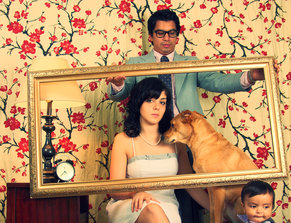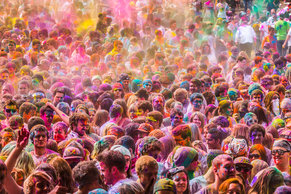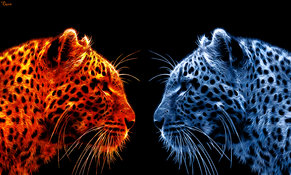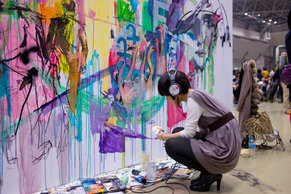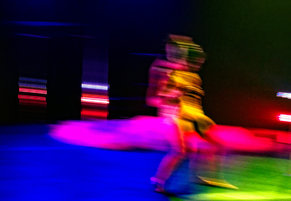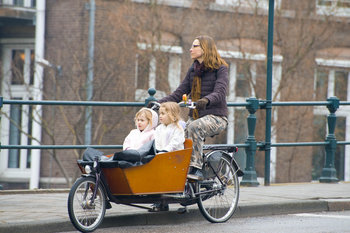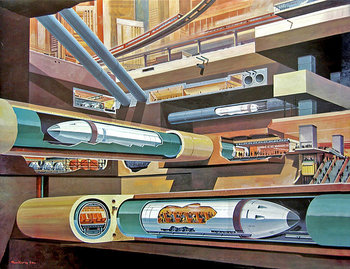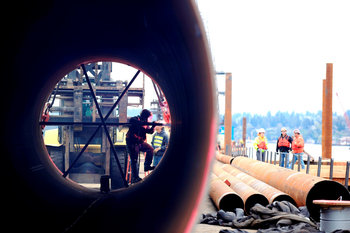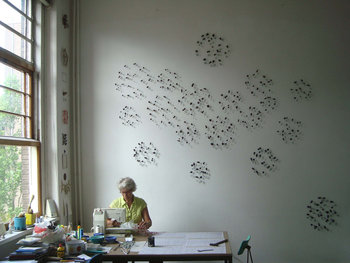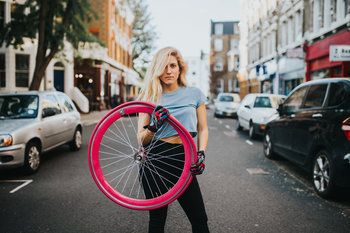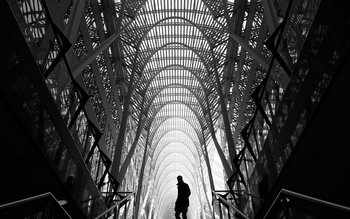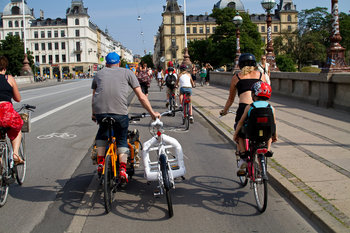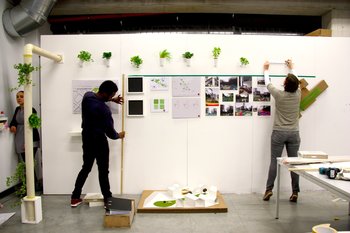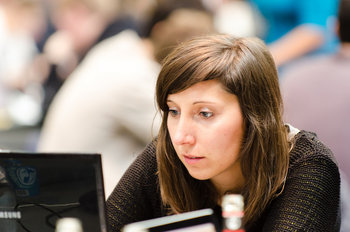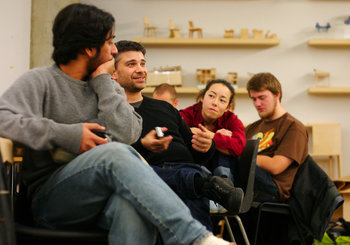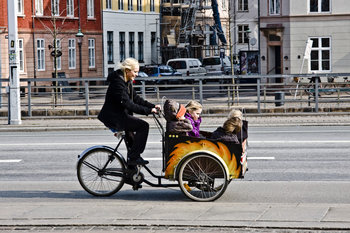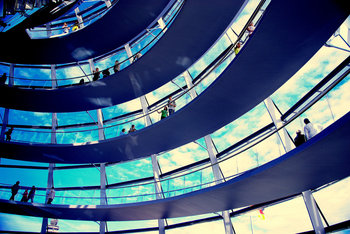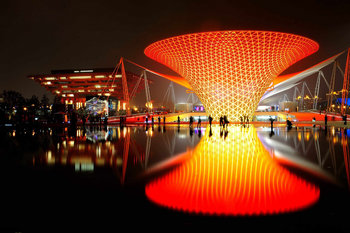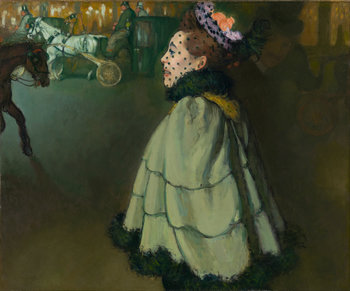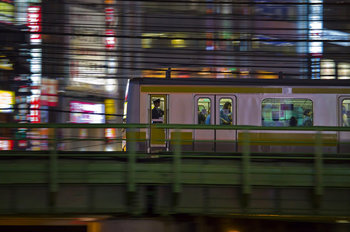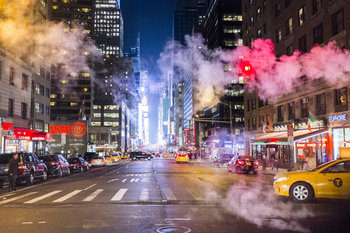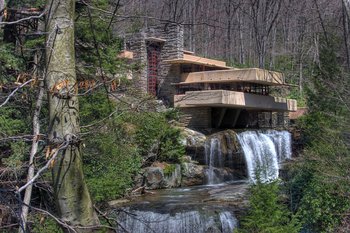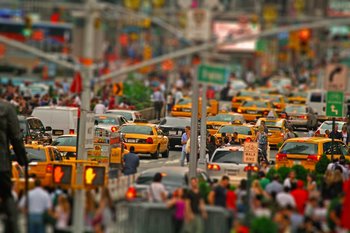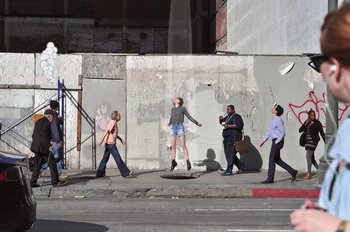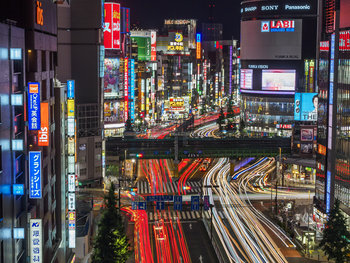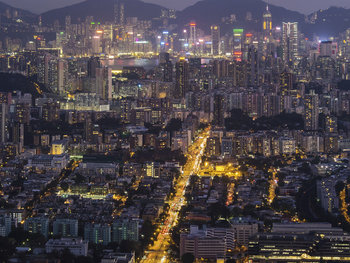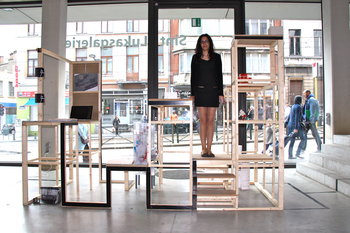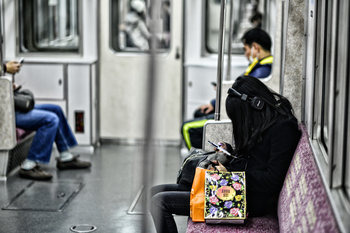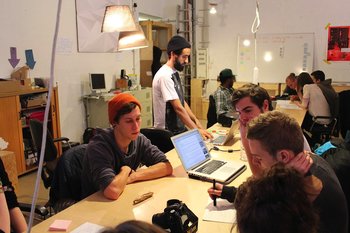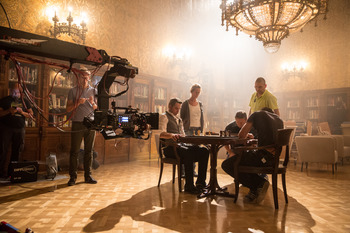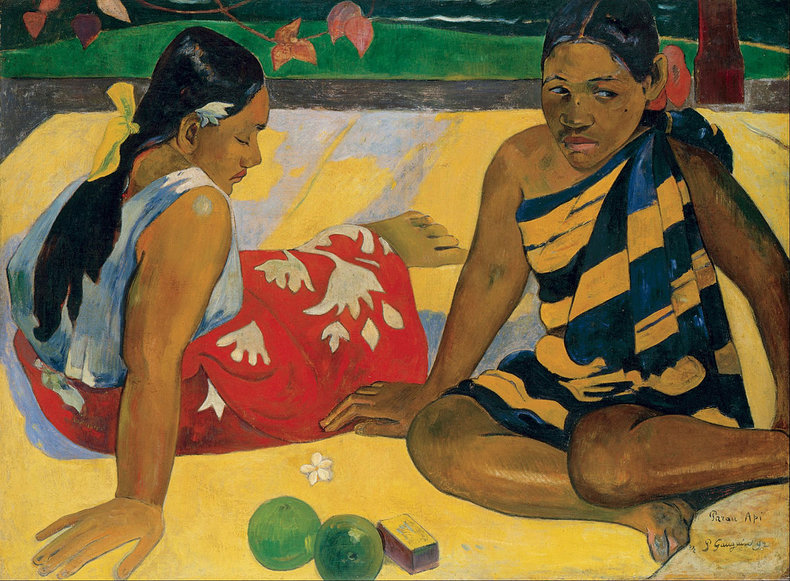
Aesthetics
Aesthetics greatly impacts quality of life and is often considered of importance to sustainable design. For example, people typically find parkland crossed with bicycle and walking paths to be more aesthetically pleasing than a highway.Appropriate Technology
A design approach that calls for small-scale solutions that suit circumstances and context. For example, a technology for growing a particular crop in a particular climate. Appropriate technology may consider factors such as the local culture, economy and ecology. Associated with inexpensive and practical approaches.Biomimetics
Designs modeled on natural materials, mechanisms and processes.Conviviality
The idea that designs be friendly to people. In other words, people don't need to bend to the technology, the technology bends to people. Associated with designs that suit human cognition, physical characteristics and culture.Deconstruction
Things that are build to be deconstructed for reuse or recycling. For example, some buildings can be deconstructed for reuse as opposed to demolished.Downcycling
Recycling that results in products of lesser value. Often results in materials becoming waste eventually.Durability
High quality products that resist wear and damage can reduce resource consumption as products don't need to be replaced, returned or repaired.Efficiency
Designs that are energy and resource efficient over their entire lifecycle from production to recycling.Emotional Attachment
The observation that people grow emotional attachments to certain items while other items are viewed with indifference. Emotional attachment can work as a sustainable design goal because it greatly encourages reuse. For example, tea cups that are designed to develop an aesthetically pleasing pattern as they stain over the course of years might achieve far greater reuse than a plastic cup.Human Scale
Human scale is the practice of designing things at an appropriate size, weight, speed, distance, temperature, pressure, force and energy level for humans. For example, designing urban environments so that people can reach the services they need with a reasonable distance.Interdisciplinary Design
Interdisciplinary design is the practice of forming design teams with diverse backgrounds, skills, abilities and knowledge. Sustainable design considers a large number of factors spanning technical, environmental and cultural areas and typically requires a diverse set of skills and viewpoints.Low Impact Materials
Materials that are both free of harmful substances and resource efficient.Marketability
Sustainable design found its beginnings in grassroots projects that occasionally produced idealistic and impractical designs. As such, a rule of thumb developed that valuable sustainable designs are marketable. In other words, they can easily be sold at a profit. This doesn't imply that designs produced by non-profits need to be sold or commercialized. It is simply an observation that if a sustainable design is truly valuable that people would be willing to buy it. Applies to areas such as architecture and product design.Mixed Use Design
A particularly important concept in sustainable architecture and urban planning that calls for neighborhoods and large buildings to include a blend of residential, commercial, community and cultural features. For example, a neighborhood might have a variety of housing, schools, medical services, offices, museums, parks, shopping and facilities such as sports venues. It is a model that minimizes the impact of transportation on quality of life and the environment. It may also create a sense of community similar to that found in a village.Narrative
In many cases, a sustainable design has an interesting story behind it that tends to add to its value.Organic Materials
The use of materials from organic sources or materials synthesized to be identical to organic material. Generally useful because organic materials are often known to be biodegradable and low impact. Avoids introducing novel chemicals into the environment.Passive Design
A design technique used primarily by architects to automatically benefit from the environment. For example, passive solar heating may use windows that let light in when its cold inside and shut light out when its hot. The term passive implies an extremely lightweight solution that achieves significant gains.Proximity Of Design
A design goal that places things close together to improve efficiency or quality of life.Quiet Design
Products and services designed to minimize noise pollution such as electronics that don't beep.Recover
Recovery of materials or energy that had been discarded or abandoned. For example, renovating an abandoned warehouse to make an attractive office space.Recycle
Designing things from materials that can be easily recycled in the communities where they are sold.Reduce
Eliminating waste from products, services and processes to reduce the use of resources.Regenerative Design
Designs that restore their own energy or resources such as brakes on a train or car that generate electricity.Renewable Resources
Use of natural resources that can be replenished via natural processes. Solar power is a classic example.Reuse
Designing products to be reused eliminates waste and tends to reduce consumption of resources. Reuse is related to other design goals such as durability and emotional attachment.Safety By Design
Designs that reduce health and safety risks such as a vehicle with an automated accident avoidance system that applies brakes if you're about to hit something.Self Reliance
Self reliance is a common theme of sustainable design. For example, buildings that produce their own energy with solar technologies or a community designed to grow its own fresh vegetables.Slow Design
A design principle that slows things down to human speed to improve quality of life. Runs contrary to the notion that faster is always better. For example, a well paced meal at a restaurant may span several small courses that take several hours in total. This arguably has a more sustainable feel than a fast food meal that is served and consumed within minutes. Slowness may have a tendency to reduce overall resource consumption. It can also increase perceived value and satisfaction with a product or service.Small Is Beautiful
A design principle that aims for small scale solutions often at the local level. Runs contrary to the common notion that bigger is better. Small is beautiful also represents an alternative to the industrial model that relies on economies of scale such as mass production or cloud computing.Social Design
The practice of considering the social impact of your designs.Strategic Design
The practice of looking at design from a big-picture and long-term viewpoint.Transition Design
A design approach that takes practical steps towards solving complex problems.Upcycling
Recycling that results in goods of equal or greater value. Tends to avoid waste more effectively than downcycling.Waste Is Food
The principle that all waste products should be a nutritious food for at least one plant, animal, fungi, protist, archaea or bacteria.| Overview: Sustainable Design | ||
Areas | ||
Definition | The practice of designing products, services and processes that minimize impact to the environment and improve quality of life. | |
Related Concepts | ||

